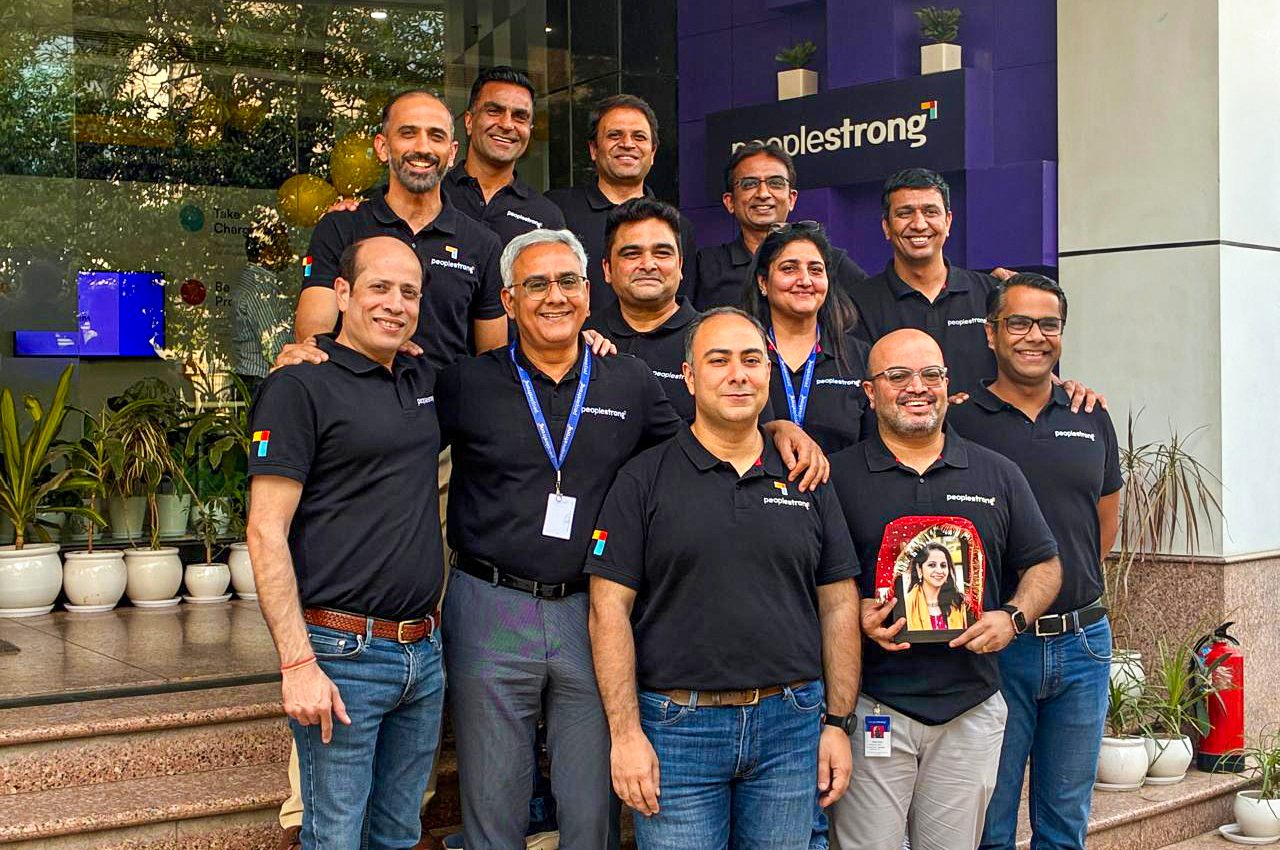When HR sends a mandate mail to all employees for yearly goal setting and annual appraisal, most of the employees start procrastinating – “let me wait till the last reminder mail comes in. let’s wait until I don’t receive a final push from my manager or BU head”. The reason behind such thought process is that even though HR leaders believe goal setting and annual appraisal to be ultimately for employee, at its core, employees perceive such activity to be just another rating data collection task, that takes place at the end of every year.
It is a classic case of missing design thinking in goal setting process that leads to a mismanaged annual appraisal. Here is a quick read that might help you design your performance management goals for 2025.
- Goals created reflect statements of an employee’s job description or at times an organization’s values/competencies. So, What’s Missing? – Goals which are closer to the actual work an employee performs on day-to-day basis, the KPIs they chase and the plans they tend to execute.
- Employees rate themselves 5 out of 5 on most goal statements appearing in the annual appraisal process. What’s Missing? – Data that supports the employee’s claim and further enable managers to rate them based on actual outcome achieved at work and/or the action plan achieved.
- Conversations on goal achievement and a need to keep them relevant. What’s Missing? – With business dynamics changing rapidly, HR led goal setting processes need to be closer to business outcomes. Currently the conversation on goals are done after 365 days, only during the annual appraisal cycles, which certainly does not make them relevant and efficient.
Creating meaningful goals
How an organization encourages its employees and managers to create more meaningful goal that supports organization growth, while achieving the required accountability and outcome? These are few frequently asked questions most CEOs ask their HR when it comes to improving performance management goal setting process. Currently, most of the traditional goal setting models do not help management and managers chase and achieve their desired outcomes, thus making annual appraisals another formality at the end of the year. Most of the leaders and managers are shifting their traditional goal setting model to OKR based systems which is more effective and efficient.
Here is a recipe on how you can create more meaningful outcome driven goals at work. It can easily be shared and followed by employee, managers and busines unit heads in an organization.
- List down all the problems and challenges you are facing and feel that needs to be solved within your team and department.
- The list should be mutually exclusive but collectively exhaustive (MECE Principle)
- Prioritize the list of problems picked.
- Pick one problem at a time, label the highest priority as P1.
- For the problem that you picked, list down all the possible solution. Again, the possible solution list should be mutually exclusive and collectively exhaustive.
- For each of the problem, pick one solution which might work best.
- Against the best solution you have picked, put down the KPI that will indicate the success of that corresponding solution (LAG Indicator), the efforts that will required to achieve that KPI (LEAD indicator)
- Proceed ahead to NEXT problem.
Let’s understand this with an example
One of the problems that you picked is say “We are not able to sell more units of Product A” and following are the solutions/ways to increase the “Product A” sales:
- Change the way we pitch & sell our Product A –Its KPI could be “Increase Unit Sales from X to Y” and the effort required is to “Create new sales pitch”, “Train the sales team on the new pitch” and “Assess the sales team on new pitch”.
- Improve the way we market our Product A – Its KPI could be “Increase Unit Sales from X to Y” and the effort required is to “Identify which marketing channel on which we need to double down”, “Design the new marketing collaterals & communication” and “Test designed marketing communication”.
- Reduce the unit cost of Product A – Its KPI could be “Increase Unit Sales from X to Y” and the effort required is to “Identify areas of cost cutting”, “Present the cost cutting strategy to Boss & management” and “Implement the cost cutting strategy”.
While implementing “Performance” for our customers, we generally start with this primary process by arranging a thought exchange session with the CEO and their leadership team, so that they can take this process down the line within their teams.
Is your organization ready for setting meaningful goals at work?
Unlock the full potential of your performance management process with PeopleStrong's revolutionary solutions. Our team of experts is dedicated to helping you create a culture of continuous feedback and development, ensuring your organization stays ahead of the competition. Contact us today and discover how PeopleStrong can transform your performance management process into a more efficient, effective, and rewarding experience.
Contact Us Now











